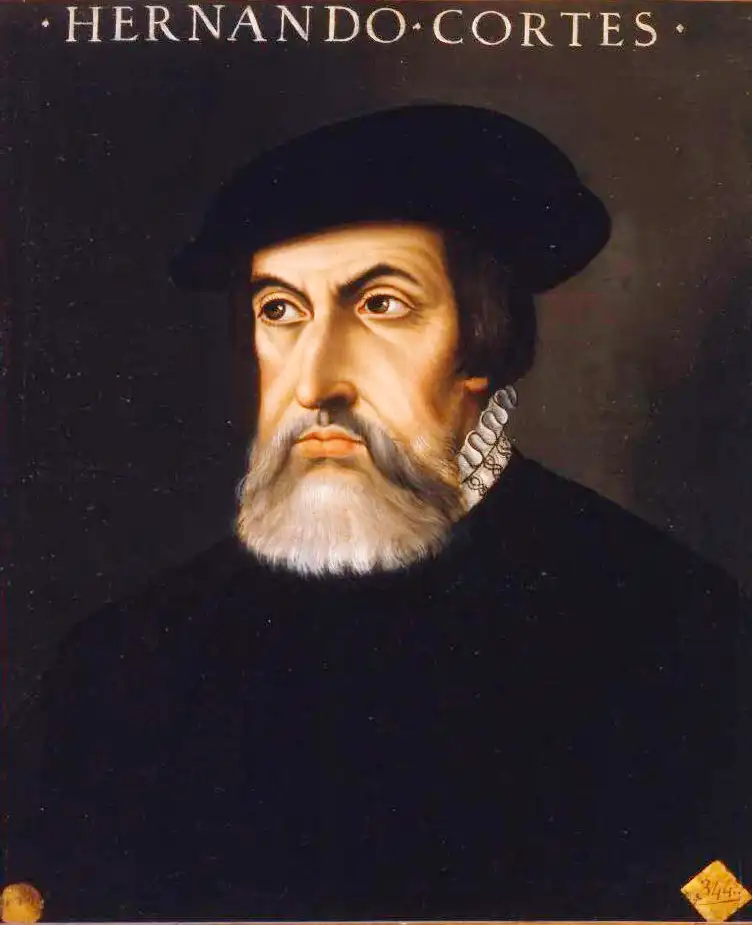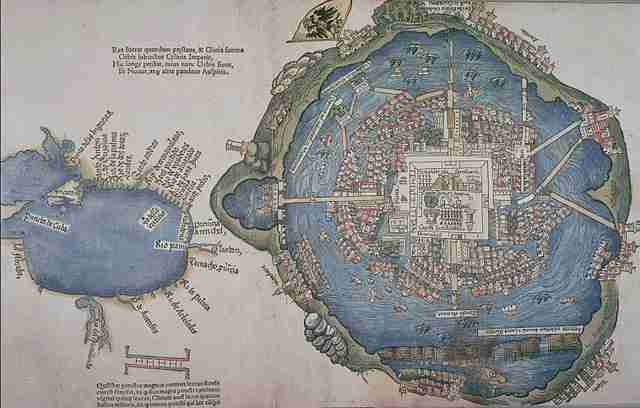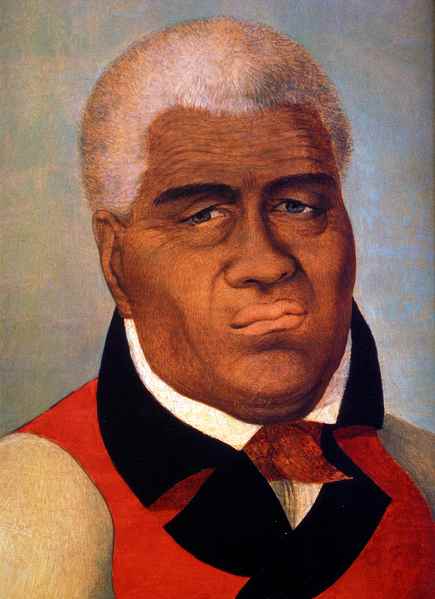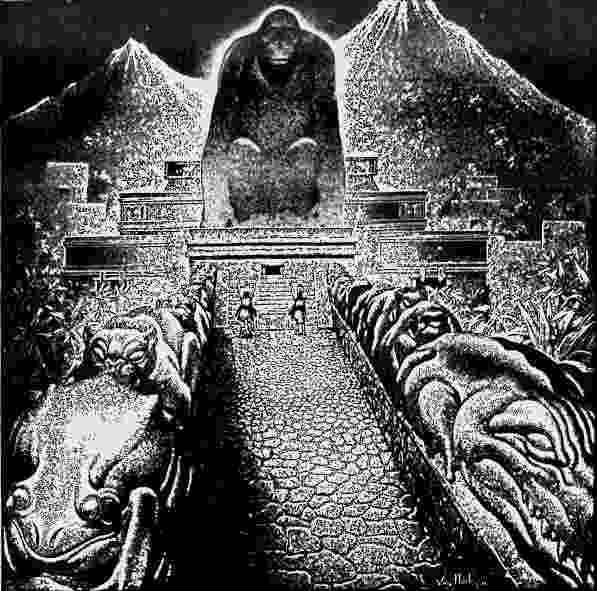The Lost Montezuma’s Treasure
Last updated on December 12th, 2022 at 04:52 am
Montezuma’s treasure is a famous buried treasure believed to be in the ruins of Casa Grande or elsewhere in the southwest part of The United States and Mexico.
Historians believe the richest gold stockpile in the world is buried deep within the caverns of southern Utah. Hundreds of people have searched land and waterways for it, but no one has come close to finding Montezuma’s treasure.
Legend has it that 8,000 Aztec warriors took King Montezuma’s treasure from Mexico City to the United States during the 16th century to preserve it from the Spanish conquistadors.

What is Montezuma’s Treasure
Montezuma’s treasure is thought to have been a large treasure that Montezuma ordered evacuated from Tenochtitlan during the initial Spanish occupation in early 1520. The nature of the treasure is unknown; however, it could have included Aztec gold jewelry, money, or headpiece components like Montezuma’s magnificent headdress.
This was constructed from a gold crown, an ornate peacock series, and other tropical bird feathers. According to legend, the treasure was transferred north as the emperor’s friendship with Cortés soured. It was buried either in northern Mexico or the southern United States.
Some claim that the Aztec treasure, commonly known as Montezuma’s treasure, is worth more than a billion dollars today.

What Happened to the Treasure?
Montezuma welcomed Spanish explorer Hernán Cortés and his troops into the Aztec city of Tenochtitlan, now called Mexico City, in November 1519. The Conquistadors’ astonishment at the splendid metropolis is described in historical writing.
Some claim that the Aztecs worshiped Cortés as a deity. However, this is debatable. Montezuma lavished presents on the newcomers, possibly to placate them, possibly out of generosity. Whatever the reason, the invaders’ need for more is reportedly stoked. Meanwhile, Cortés had formed friendships with local tribes that were angry with their Aztec overlords.
Within a week after the Spanish arrival, Montezuma had been captured and turned into a puppet through which Cortés governed. Montezuma was killed at some point during this period. Even this, however, is debatable, with the Spanish alleging he was stoned to death by his own people.
When Cortes was called away from Tenochtitlan in May and June 1520, events unraveled for the Conquistadors. Accounts differ, but the prevailing narrative holds that the officer left in command slaughtered Aztec nobility at a celebration, sparking an all-out war. Cortés returned on June 24, 1520, to find his troops besieged.

Cortés and his troops escaped Tenochtitlan under cover of darkness, carrying vast quantities of treasure, some of which was laden with gold and silver. When the Aztecs discovered this, they launched an attack, killing hundreds of Spanish soldiers. That night is known in Spanish as La Noche Triste or The Night of Sorrow.
The majority of Montezuma’s treasure was lost in this mayhem. Much of the treasure is supposed to have ended up somewhere at the bottom of Lake Texcoco. However, it’s unclear if it was sunk alongside a Spanish ship or placed there by panicked soldiers.
Cortés and his men returned in April 1521. Tenochtitlan would be destroyed to the ground in the ensuing conflict.

Is the Treasure Buried in Mexico or the United States?
However, there are claims that Montezuma had the treasure transferred by his people to what is now the United States. After that, the Montezuma treasure was buried in modern-day Utah.
Freddy Crystal arrived in Kanab, Utah, a small farming village at the time, in 1914. Crystal aspired to become wealthy, but not in the way that most residents expected. Instead, the prospector took a treasure map with him that included Aztec petroglyphs.
During a trip to Mexico, Freddy Crystal came across some antique manuscripts. The documents were from Hernán Cortés’ time, and among them was a hand-drawn map. Crystal reported the chart had a striking resemblance to the Kanab area.

The Curse of the Lost Montezuma’s Treasure
According to historians, the Aztecs then slaughtered each other on the spot for their ghosts to preserve the gold.
Some believe they are still inside the cave near Three Lakes Ranch, where the gold was discovered, because they would have tried to go up where they could breathe and die.
Treasure hunters have spent more than $100,000 on equipment to dive into the lake, but peculiar circumstances have prevented them from doing so.
As they were swimming back in, the divers began yelling, “I’m being strangled down, I’m seeing monsters, I’m seeing monsters!”

A well-driller attempted another way in 1998. The well-driller drilled a 4-inch hole on top of the cavern, and when they drew the drill up, it was covered in gold flakes, so they decided to try again with a giant drill.
The good driller went home, returned the next day, and began drilling down the same hole with a 10-inch drill. They got down 50 feet before the drill bit snapped, forcing them to abandon their mission. This gentleman was 45 years old. He returned home that night and died of a heart attack. His wife died three weeks afterward.
Conclusion
The legends of Montezuma’s treasure are among the oldest in the Americas, dating back to the Spanish conquest. These tales have spawned hundreds of failed hunts for a fortune that is claimed to be beyond comprehension, with superstitions of old curses abounding.
These riches, tainted by an emperor’s blood and the wreckage of an empire, are said to be worth billions of dollars in gold, silver, and diamonds. Many believe this treasure is now in the United States, based on true accounts of torture, murder, and greed.







